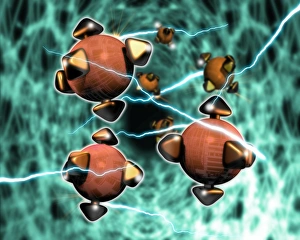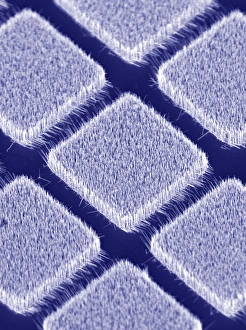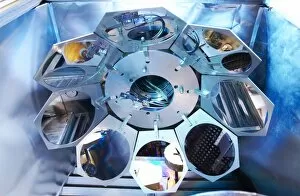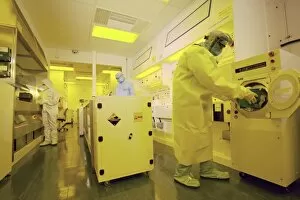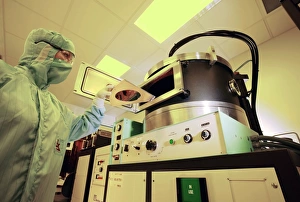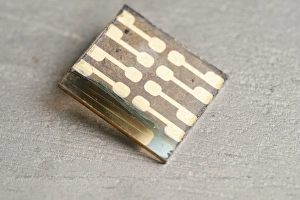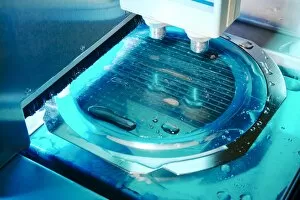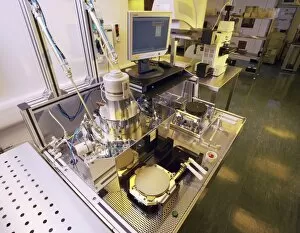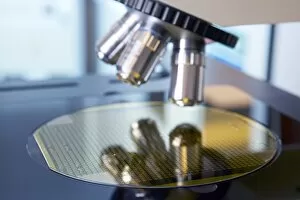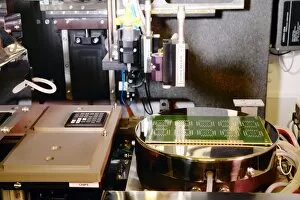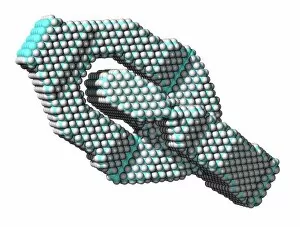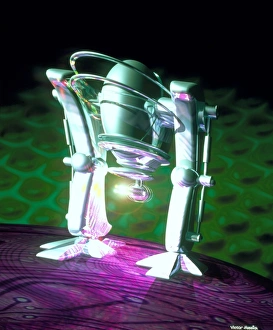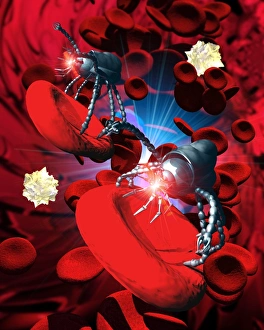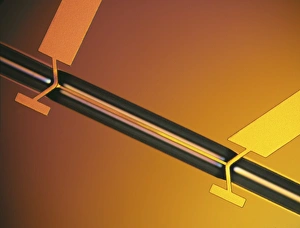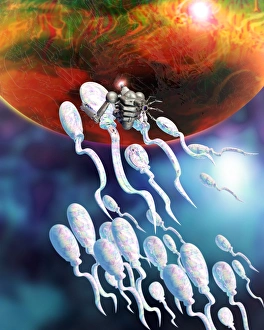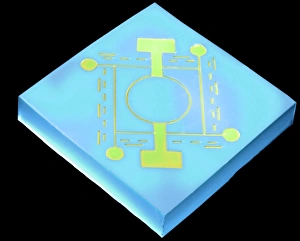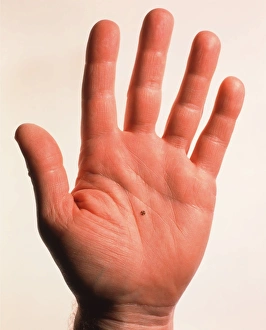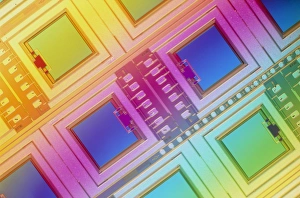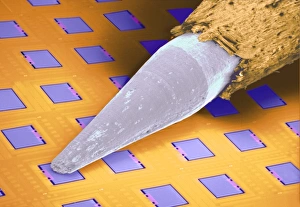Micromechanics Collection
Micromechanics: Pioneering the Future of Nanorobots in Cancer Treatment In a groundbreaking revolution, it has emerged as the driving force behind nanorobot technology
All Professionally Made to Order for Quick Shipping
Micromechanics: Pioneering the Future of Nanorobots in Cancer Treatment In a groundbreaking revolution, it has emerged as the driving force behind nanorobot technology, specifically designed to combat cancer at its core. These miniature heroes are set to change the face of medical science forever. Nanorobots have become the epitome of hope in our fight against cancer. Armed with precision and efficiency, they navigate through intricate pathways within our bodies, seeking out malignant cells and delivering targeted treatments. Their potential is limitless. Amongst these marvels lies Nano Bearing - artwork C013 / 9992 - a testament to human ingenuity. This masterpiece showcases the intricacy involved in crafting nanoscale mechanisms that power these life-saving robots. MEMS production plays a vital role in ensuring quality control for these tiny warriors. From metal evaporation techniques employed during fabrication to chemical etching processes that shape their delicate structures, every step is meticulously executed. The Nine Spheres artwork encapsulates the beauty hidden within this realm of micromechanics. Each sphere represents an individual nanorobot working tirelessly towards eradicating cancer from within us all. Gallium nitride nanowires captured under SEM (Scanning Electron Microscope) reveal their astonishingly small yet powerful nature. These wires serve as conduits for communication and energy transfer among nanorobots, enabling them to work seamlessly together towards one common goal – saving lives. External connections play a crucial role in MEMS production; they allow integration with external devices for enhanced functionality and control over these microscopic wonders. The possibilities seem endless when we consider how far we can push this technology's boundaries. Machined silicon wafers form the foundation upon which MEMS production thrives. With precise machining techniques applied during their creation, each wafer becomes a canvas on which countless miracles unfold – giving birth to thousands of nanorobots ready to wage war against cancer.

